Helping open-web publishers future-proof their businesses and continue to play their role in the marketplace of ideas is so important to Leverage Lab that we included it in our mission. But like everything else we love, COVID-19 is making its mark on the news publishers. As stay-at-home orders are beginning to ease, publishers are implementing plans for the new normal. The result is the need for traditional newsrooms is being rethought.
Digiday reported that Tribune Publishing is permanently closing the newsrooms of The New York Daily News and four of its other newspaper offices. A spokesman for Tribune told The New York Times the company would “reconsider our need for physical offices” later as it steers its way through the pandemic and “as needs change.”
Western democracies have depended on journalism to report, explain, and hold the powerful to account. In today’s news silos how does a free exchange of ideas and analysis survey without reliable newsgathering organizations? No wonder trust in the media continues to evaporate. A 2019-2020 Gallup and Knight Foundation poll of more than 20,000 Americans across the political spectrum found their views on the news media have shifted to a negative viewpoint — three or four percentage points lower than in 2017. “Americans have not only lost confidence in the ideal of an objective media, they believe news organizations actively support the partisan divide.”
“Slack is a poor substitute for the sound of ringing typewriters.”
Despite the gloom, Jeff Jarvis, a journalism professor at the City University of New York, said having distributed journalists from the stuffy newsroom out into the community is a good, if not needed, development. “Slack is a poor substitute for the sound of ringing typewriters, but nonetheless you start to see the beginnings of that kind of office buzz being recreated,” he said to Digiday.
As open-web publishers adjust to a new normal, Leverage Lab will continue to innovate new revenue streams to help them remain viable. Because without them, our way of life is at risk.







